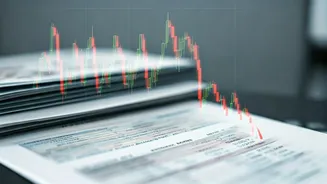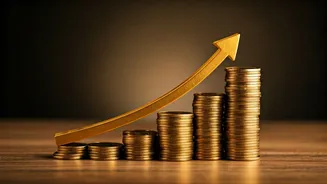Capex on the Rise
From April to September, the Centre's capital expenditure demonstrated strong growth, marking a 40% increase. This surge in spending on infrastructure
and other capital projects indicates a concerted effort by the government to boost economic activity and enhance long-term growth prospects. This expenditure encompasses investments in various sectors such as infrastructure development, including roads, bridges, and other public works. The government's focus on capital expenditure signifies a commitment to creating productive assets that can stimulate economic growth and job creation in the long run. The 40% growth reflects a proactive strategy to bolster the economy through strategic investments.
Fiscal Deficit Expansion
During the same period, there was a rise in the fiscal deficit, increasing by 20%. The fiscal deficit represents the gap between the government's revenues and its expenditures. The expansion in the deficit suggests that the government's spending exceeded its income during the specified timeframe. This increase could be attributed to a combination of factors, including the surge in capital expenditure itself, which requires significant financial resources. Moreover, other factors, such as decreased tax revenues or increased spending on social welfare programs, could have contributed to the widening fiscal gap. Managing the fiscal deficit is crucial for maintaining economic stability. While moderate deficits can stimulate growth, unsustainable levels can lead to concerns about debt sustainability and inflationary pressures.
Economic Implications Explored
The concurrent growth in capital expenditure and the expansion of the fiscal deficit present a complex economic scenario. The increase in capital expenditure is a positive sign, as it can spur economic growth by creating jobs, stimulating demand, and enhancing infrastructure. However, the rise in the fiscal deficit raises questions regarding the sustainability of the government's finances. The government needs to carefully balance its spending priorities, ensuring that investments in critical areas are coupled with efforts to maintain fiscal discipline. This requires a comprehensive approach, including efforts to increase revenue collection and streamline expenditures. Careful management of these trends is essential for sustaining economic momentum while mitigating potential risks. The government's actions will be critical in shaping the future economic trajectory.











